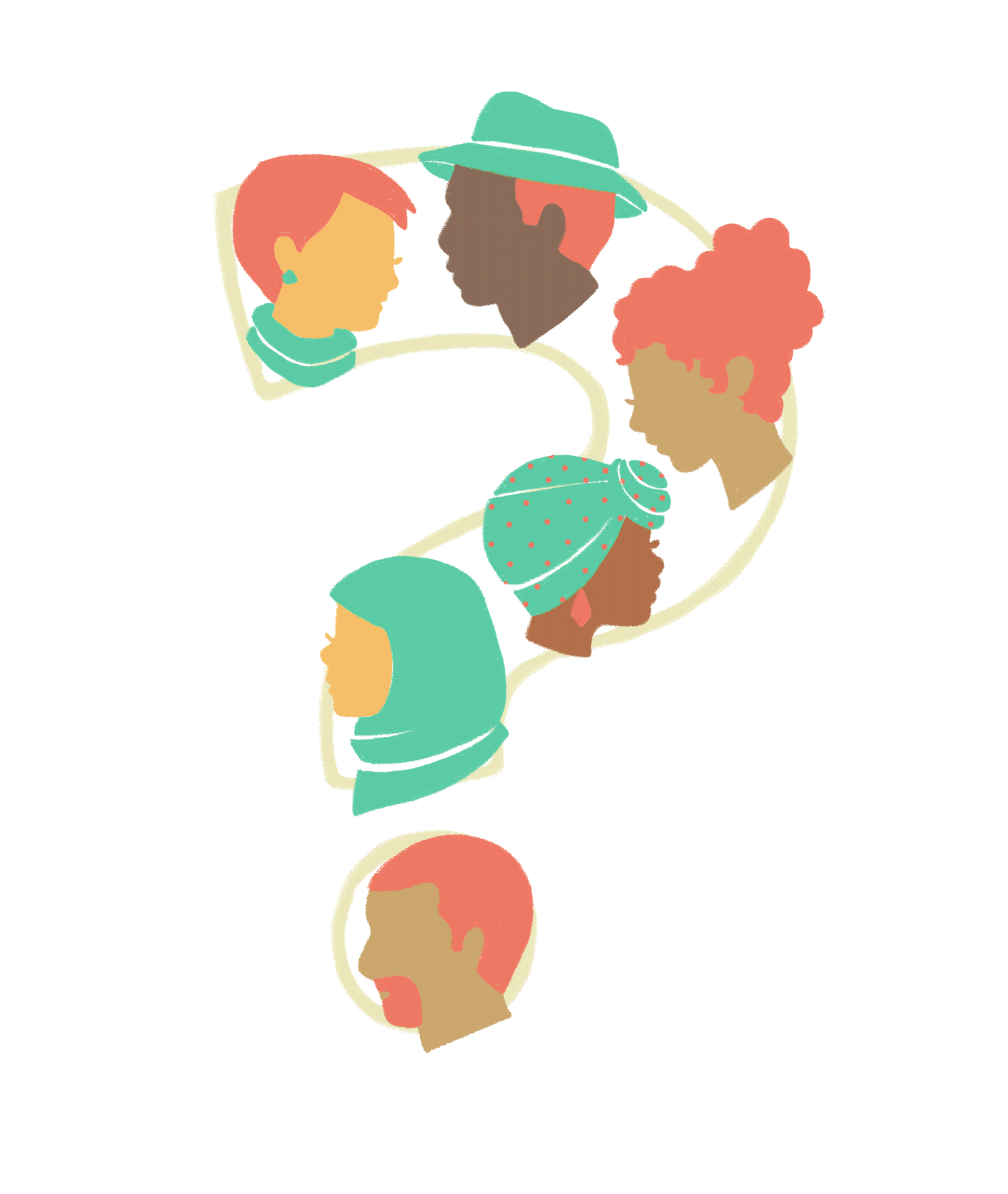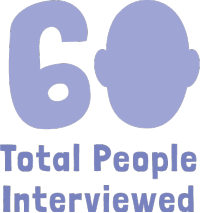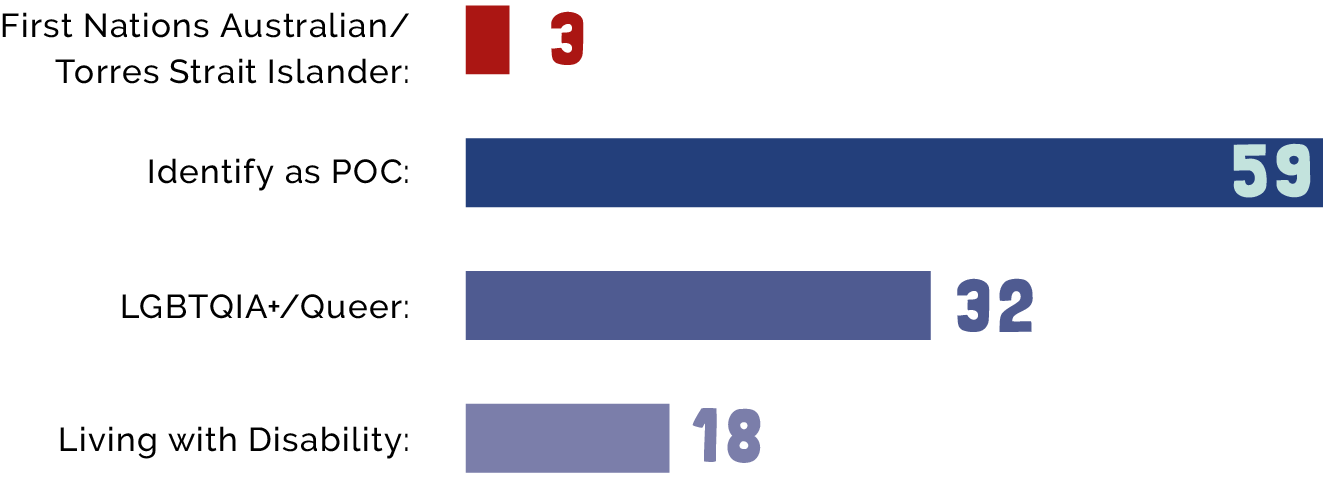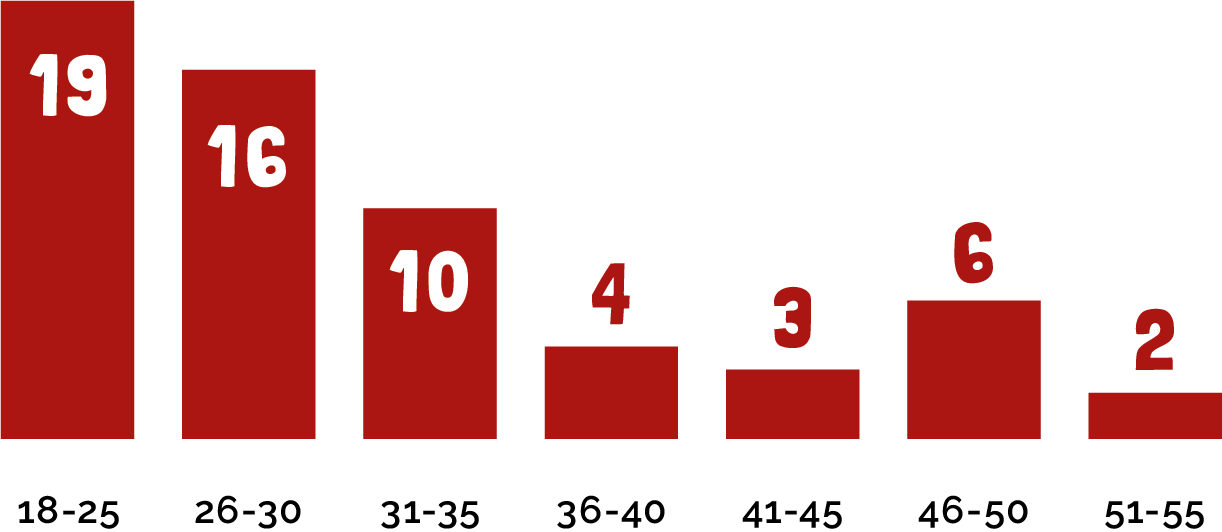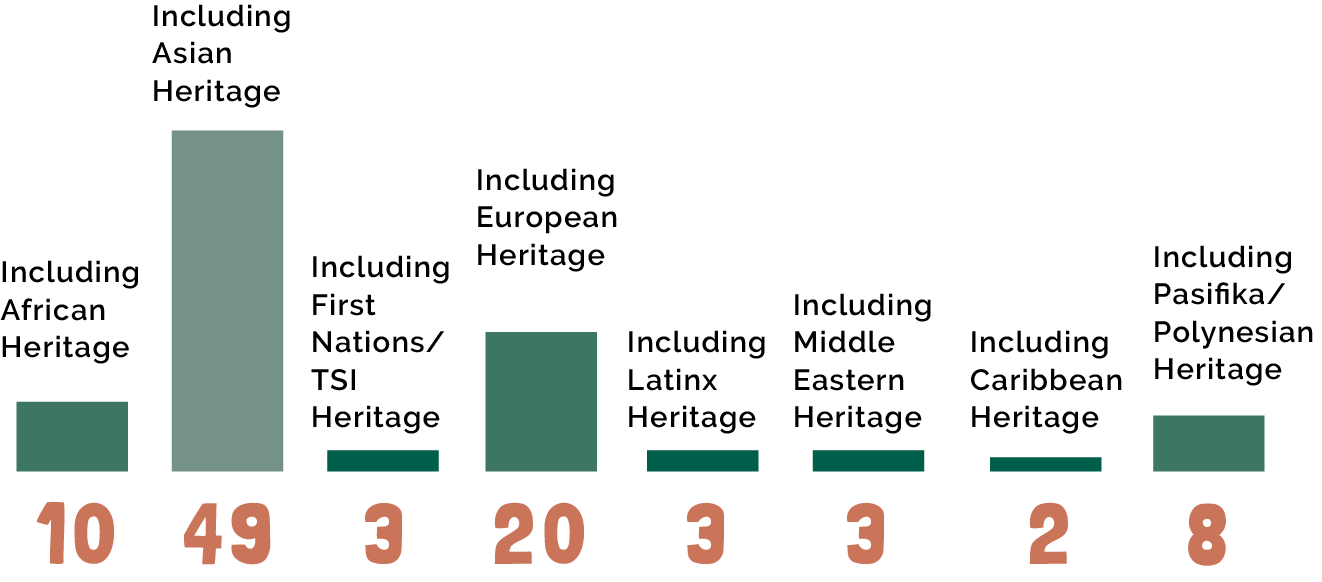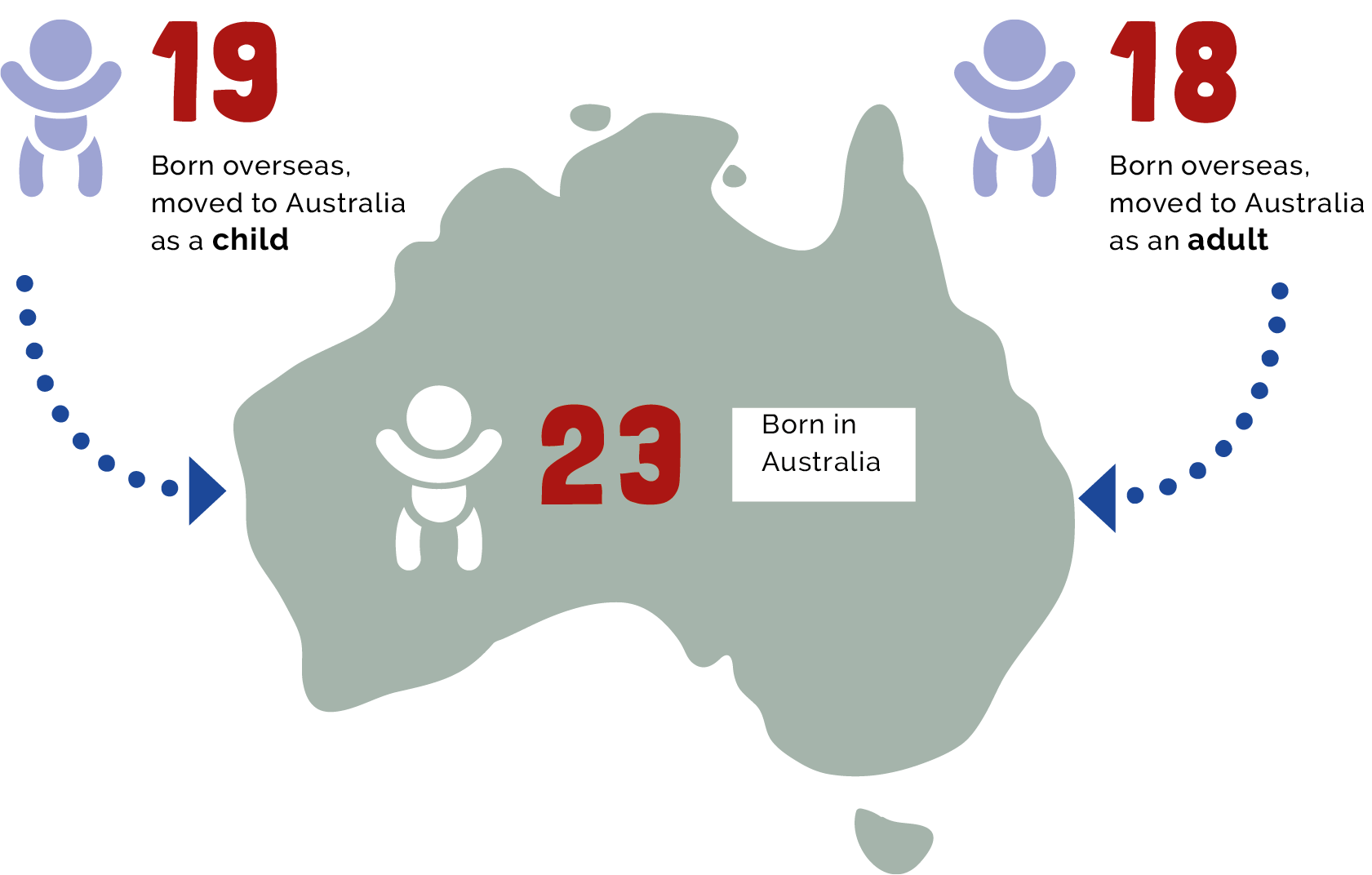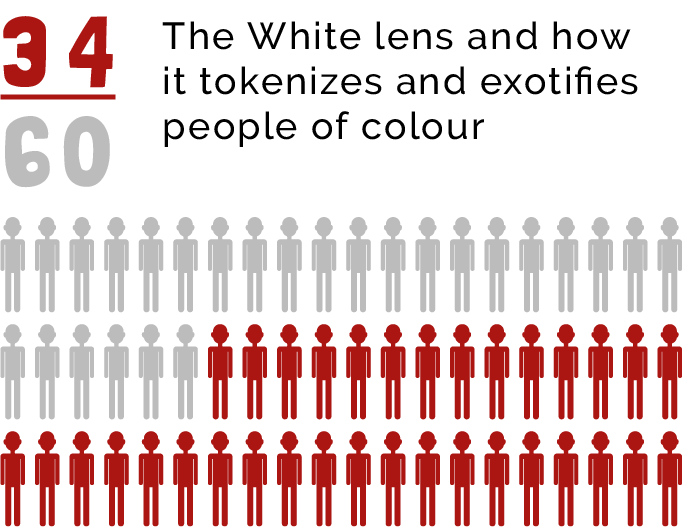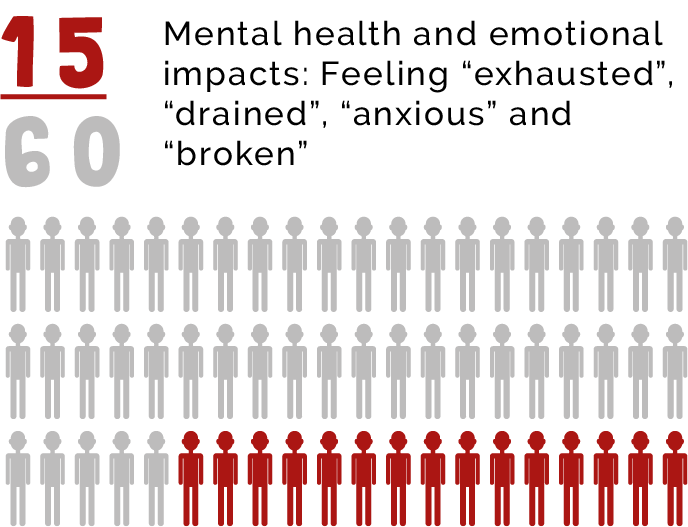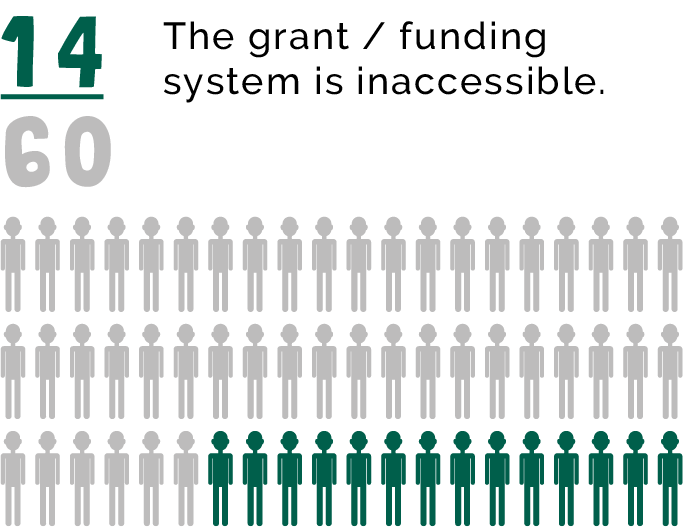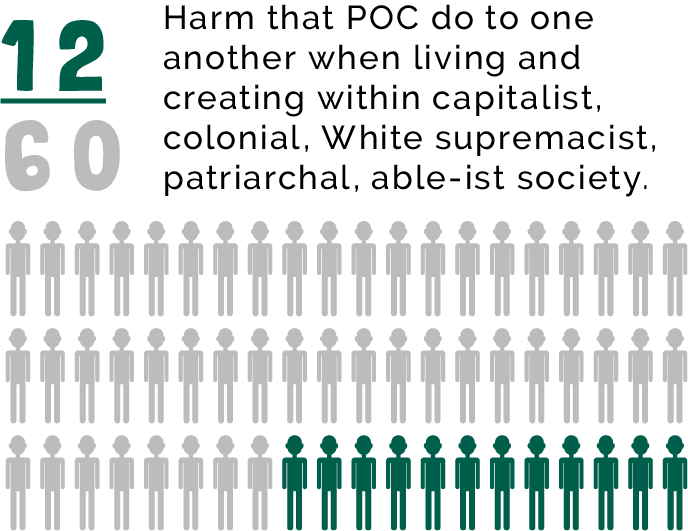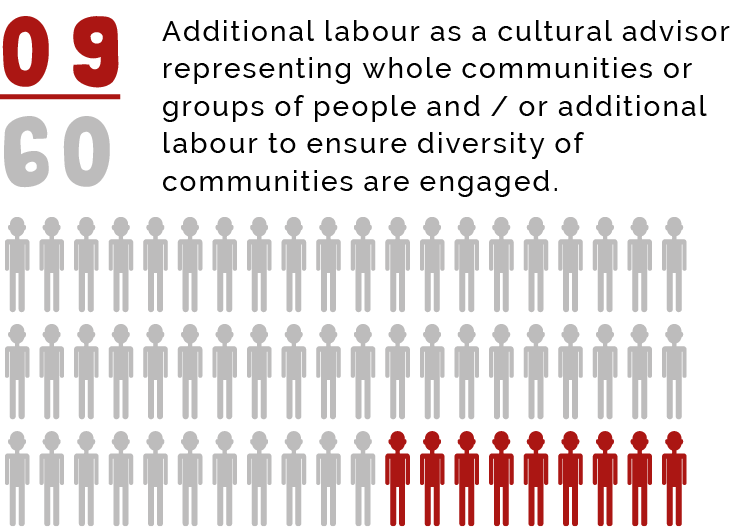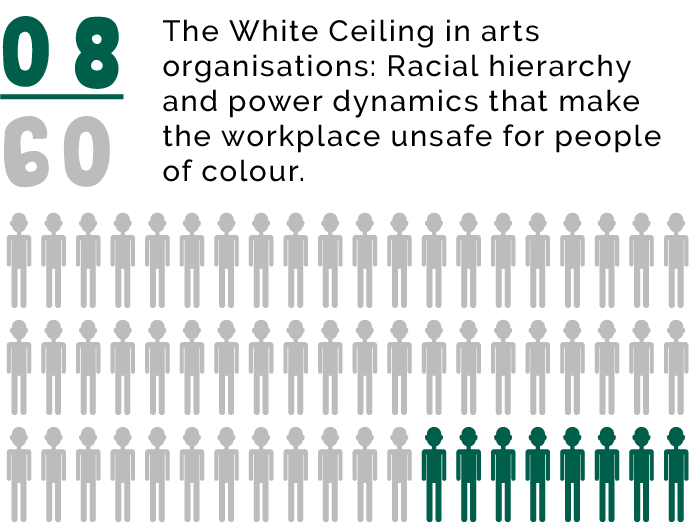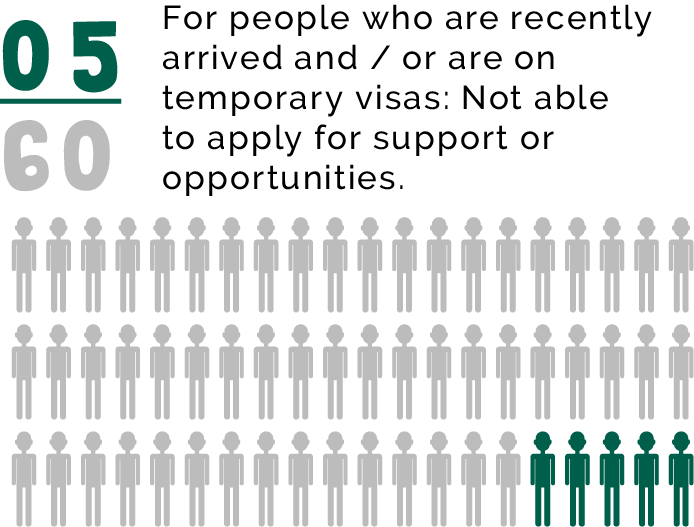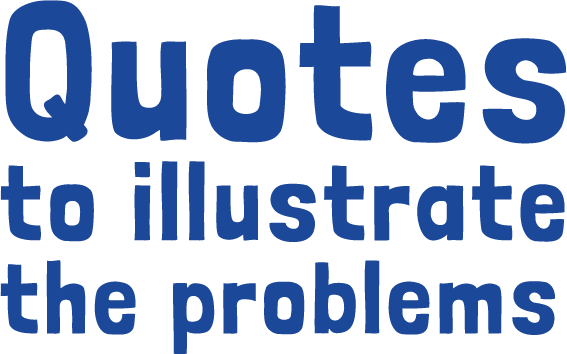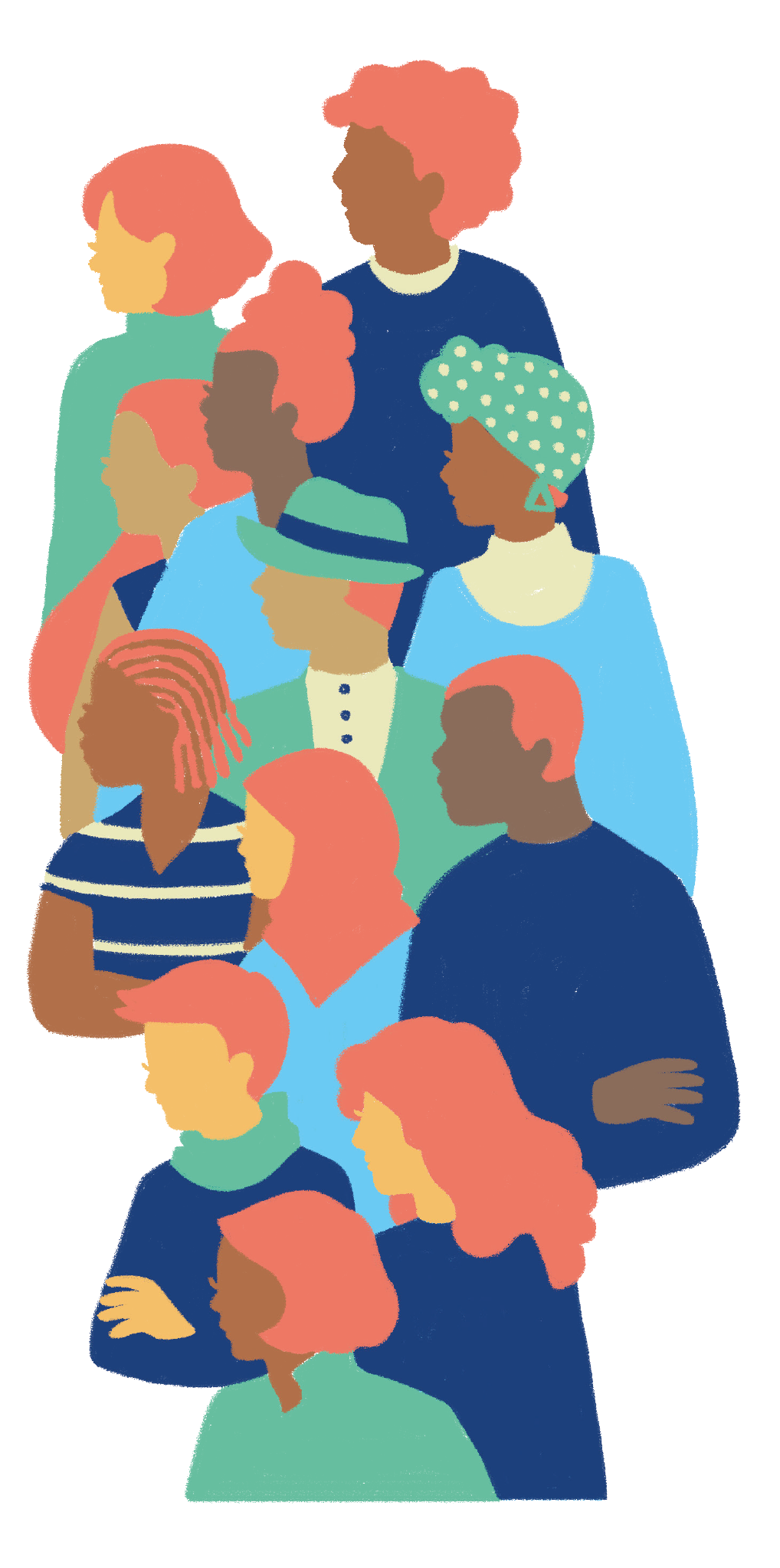The first phase of the Creatives of Colour project involved the creation of an online platform featuring creative people of colour on CreativesofColour.com, commissioned by Diversity Arts Australia. This website was launched in October 2019.
Following this, Rani P Collaborations received a Creative Victoria grant to conduct extensive research, to gather evidence regarding the problems experienced by creative people of colour, in navigating the predominantly White arts sector.
With the support of in-kind office space from Multicultural Arts Victoria, followed by a subsidized studio space at Collingwood Yards, from September 2019 – March 2020, Rani Pramesti and Komang Rosie Clynes conducted 60 interviews with creative people of colour*.
(*We are using the term ‘people of colour’ as a term of solidarity to include a spectrum of racialised identities and lived experiences, including people of African, Asian, Latinx, Middle Eastern, Caribbean, Pasifika descent as well as First Peoples. However, we do not wish to erase the unique struggle for sovereignty by First Peoples. Creatives of Colour will always align ourselves with the struggles of First Peoples. We also want to acknowledge the distinct lived experiences of Black people.)

The interview questions were based on the lean startup customer validation process, which Rani Pramesti was introduced to, through the Foundry658 startup accelerator program.
Interviewees were initially asked questions about their demographic and migration histories in order to contextualize their experiences.
Interviewees were then asked the following questions, to pinpoint the main challenges they experienced in engaging with the arts:
- How are you engaged in the arts? (roles, positions, artistic disciplines)
- What is the hardest part about that 'role' or that way of engaging, in your experience?
- Can you tell me about the last time that happened?
- Why was this difficult for you?
- What solutions have you been trying to solve that problem?
- What don't you love about the solutions you have tried? (as in, what challenges, if any, have come up from this?)
- What support do you need or would like to have for your work in the future?
- What are you looking forward to in your creative career?
Our research methodology involved interviewing the vast majority of people by phone. At the end of each interview, we asked the person to recommend other people to contact.
Furthermore, given our research was funded by Creative Victoria, combined with the networks of our interviewees, this resulted in the vast majority of our final interviewees being people located in metropolitan Melbourne.
Finally, when we analyzed the final demographic data, some demographics were more present than others. Given the sheer diversity of demographics and lived experiences present in so-called ‘Australia’ and our creative communities, there are endless demographics of people we could engage in future research for Creatives of Colour.
That being said, to complement our existing data, we would recommend targeting the following demographics in future research:
- People who live outside of metropolitan Melbourne
- People aged 35 and over
- Male-identifying people
- People who use he/him pronouns
- People who use they/them pronouns
- People who are of Latinx, Middle Eastern, Central Asian, Caribbean, African and Pasifika heritage
- People who have recently arrived (within the past 5 years) to ‘Australia’
A note about First Nations/Torres Strait Islander people: Out of respect for the distinct lived experiences of Aboriginal / Torres Strait Islander people, we do not feel that it is appropriate for Creatives of Colour to lead a research process focusing on ATSI people, unless the process had appropriate people and cultural protocols in place.
